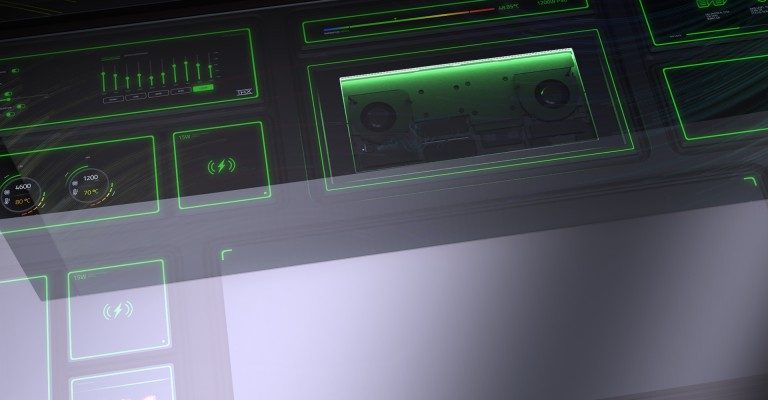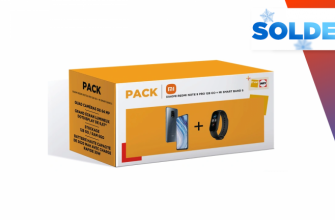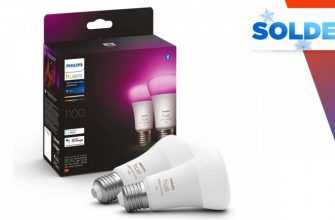Last year, Razer surprised its world with a concept of a filter mask in a pandemic context. The idea was so well received that the mask was actually made and sold under the code name Zéphir. A success, since it is out of stock for the moment. Something to do with the Sophia project?
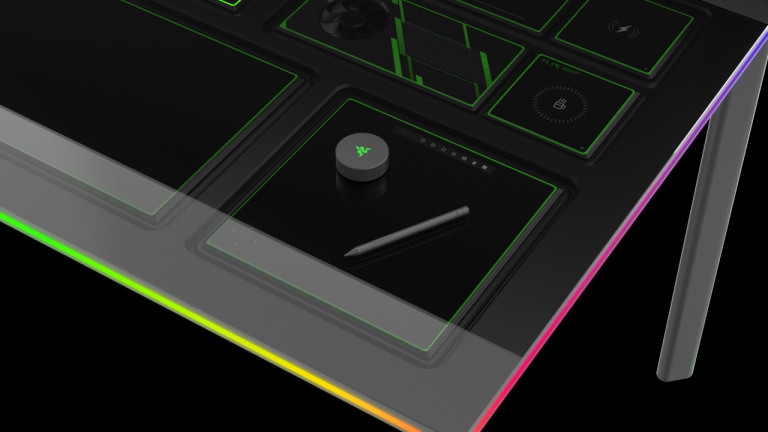
This is a fully modular table design according to the user’s needs. Even if it is announced by Razer as being mainly Gaming, it should be able to be configured according to the wishes of its user. How? ‘Or’ What ? By offering 13 cells that can accommodate various modules.
Cells can accommodate audio mixing, video capture, touch screens, system information panels – just about anything that can make your work surface look like a movie of anticipation. A configuration that could change in a snap depending on the situation. Do you play quiet? We go to gamer with the state of your graphics card and its temperature. Do you do simulation? Dashboard elements are displayed on the remote desktop. Are you streaming? The mixer and the shortcuts for performing the direct fall under your fingertips. This is the concept.
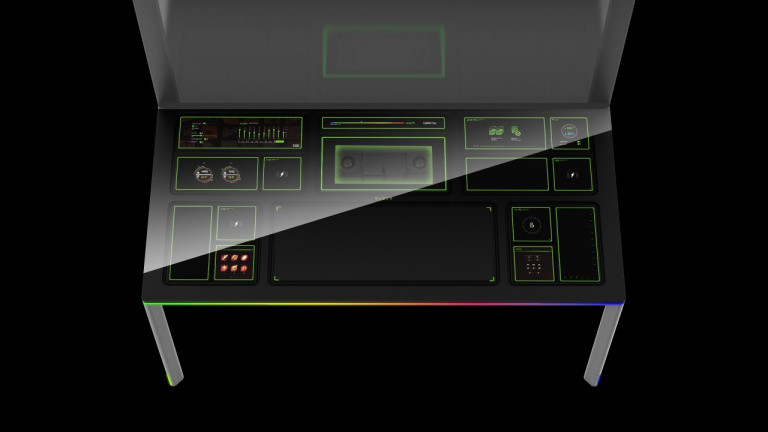
Project Sophia is our futuristic vision of a versatile gaming and workstation setup that meets the very different needs of a variety of possible PC uses. Project Sophia eliminates the need to move between workspaces. The system is instantly scalable allowing users to quickly reconfigure their desktops with near-endless flexibility, tailoring Project Sophia not only to the task at hand, but also to the user’s particular preferences. This is the future of battlestation.
Richard Hasim, who owns this declaration, does not specify over how many years it will take debt to fill the 13 modules planned.
To make it all work smoothly, we are announcing the latest Intel processor and a custom NVIDIA GPU. It is a concept, it is allowed to dream. A dream that still has very beautiful ideas, because the modules would be magnetically engaged for ease of installation. All in a flashy setting, since with a glass surface like PCs that leave their guts open to all eyes.
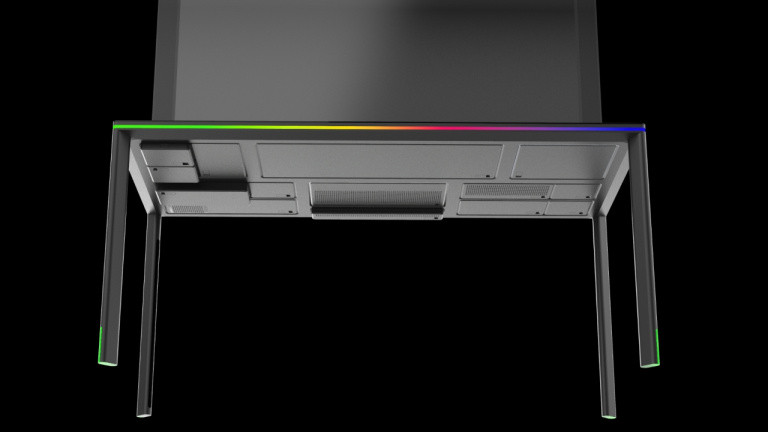
We do not forget the totally unnecessary and therefore essential additions that are cup warmers, USB HUBs / chargers or Chroma compatible LED strip (the Razer lighting solution), which will try to distract you from the superb integrated OLED screen that must be in front of you (in 65 or 77 inches). Perfectionists will regret the lack of a hob.
To support the Sophia project, Razer is also highlighting its Enki gaming chair (already tested in our columns) that it wants to offer as a “Hypersens” option with the D-Box module. It seems to be a vibrating box that can transform your sitting room into a haptic interface.
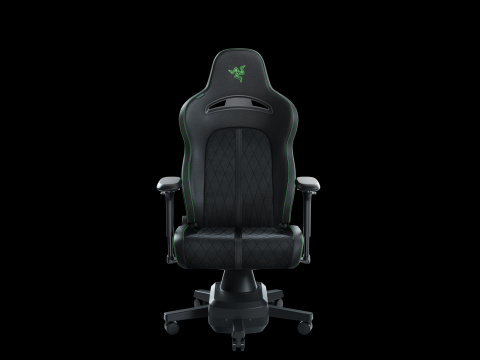
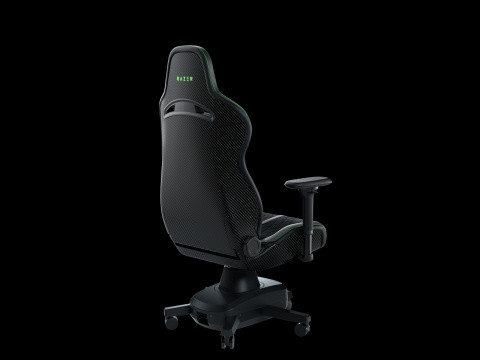
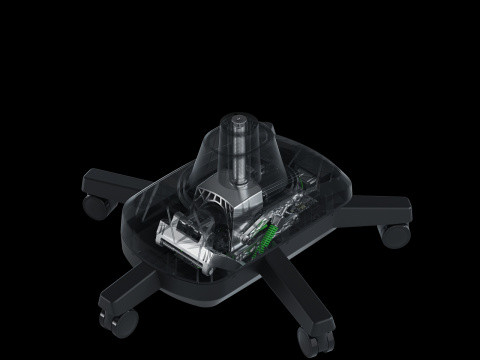
Our combined efforts have resulted in a product that physically transforms the experience of games, movies and music through the use of cutting-edge high-fidelity haptic feedback. Razer’s unparalleled attention to detail and striking design, along with D-BOX’s unmatched experience in haptic technology, lays the foundation for innovation in the next generation of home entertainment.
Sébastien Mailhot (CEO of D-Box) thinks that games like F1 2024, Forza Horizon 5 could benefit from these haptic additions. Get ready to vibrate when you step on the speed bumps!
These sensations could also increase the immersion while watching movies, or listening to music and this very precisely with 65,000 haptic variations capable of changing in 5 milliseconds.
In short, Razer has its vision of the work / game ecosystem that could prevail in the years to come. Keeping in mind that all this is only a concept without any price, nor any release date.

